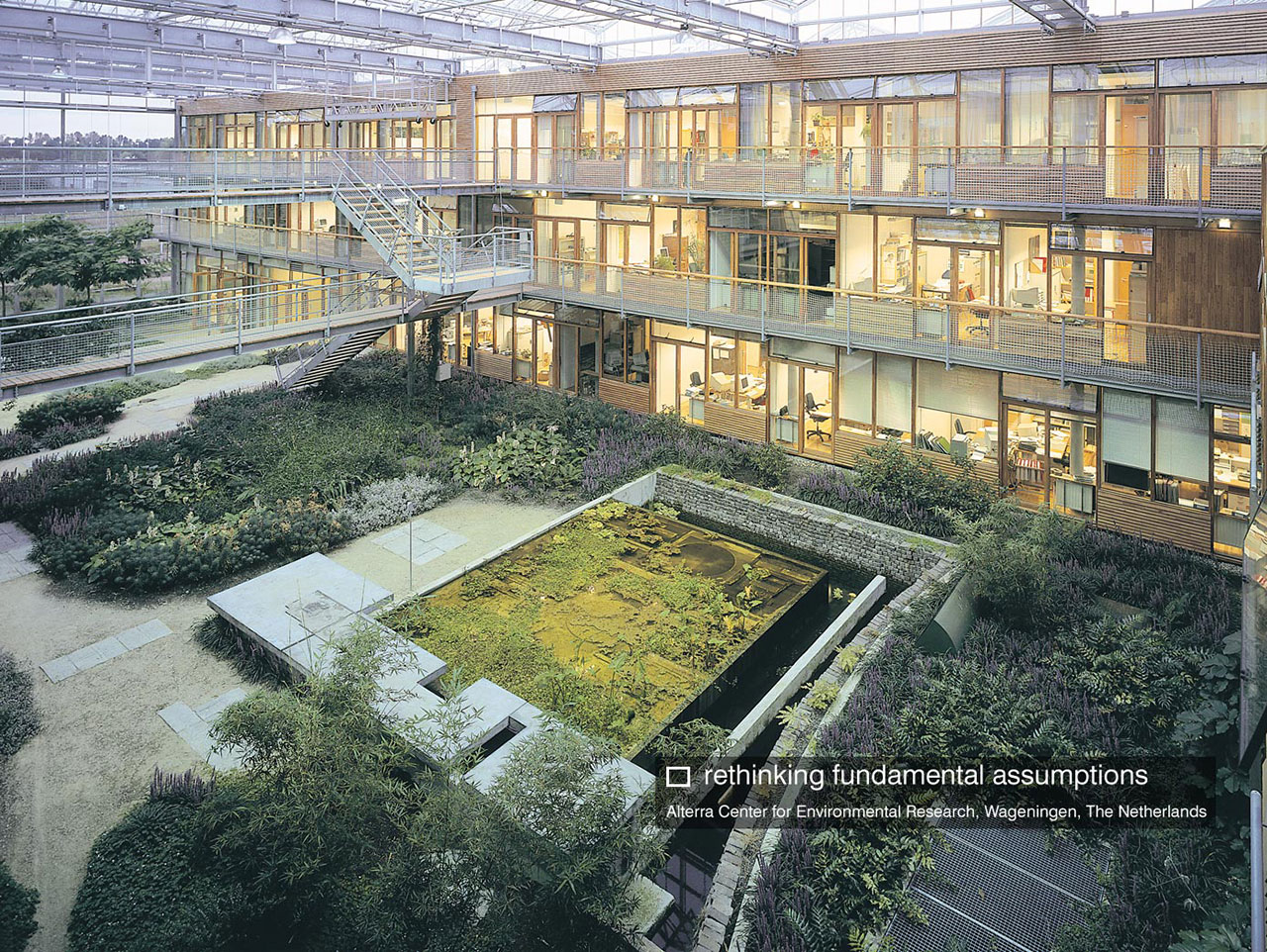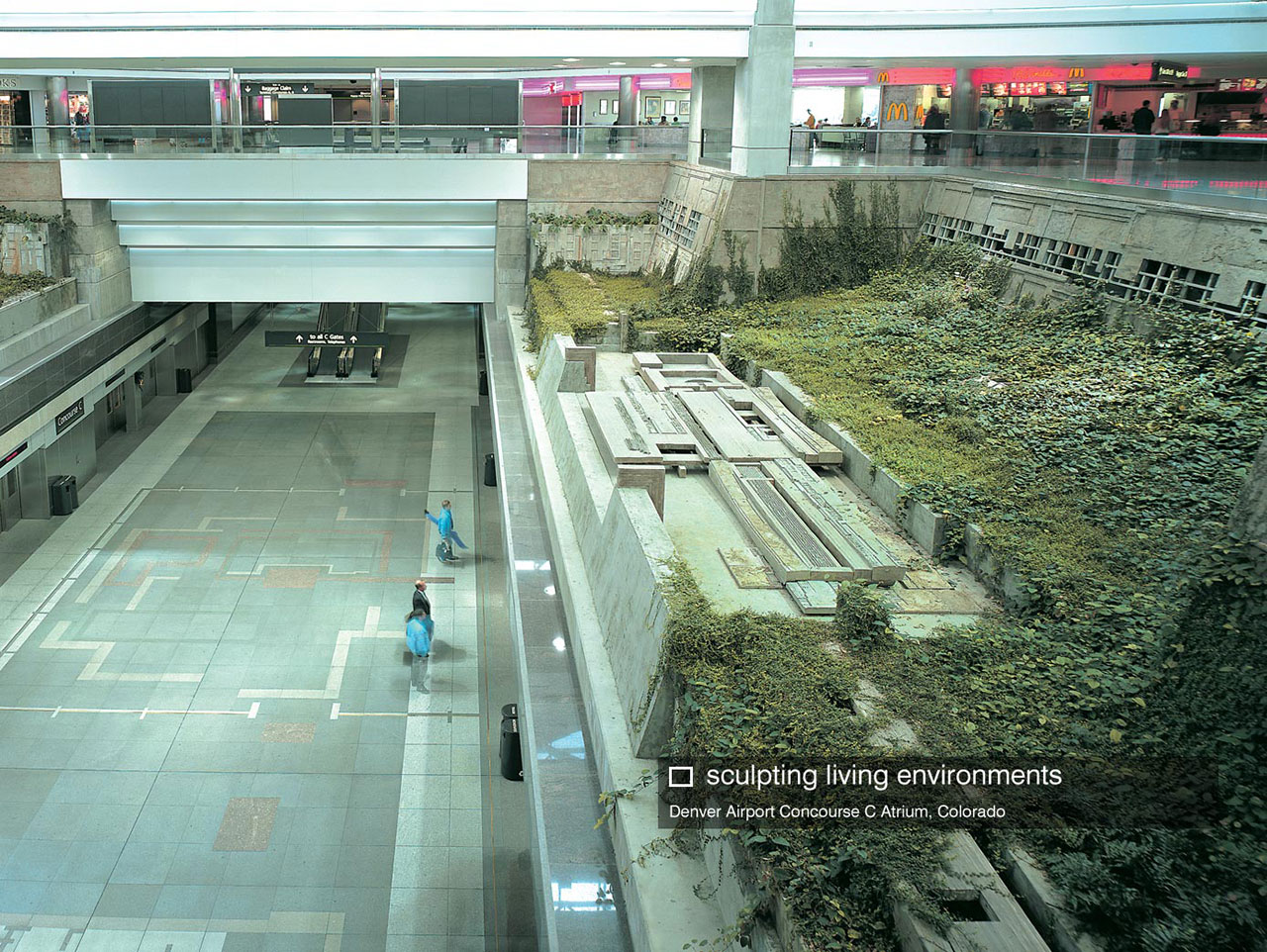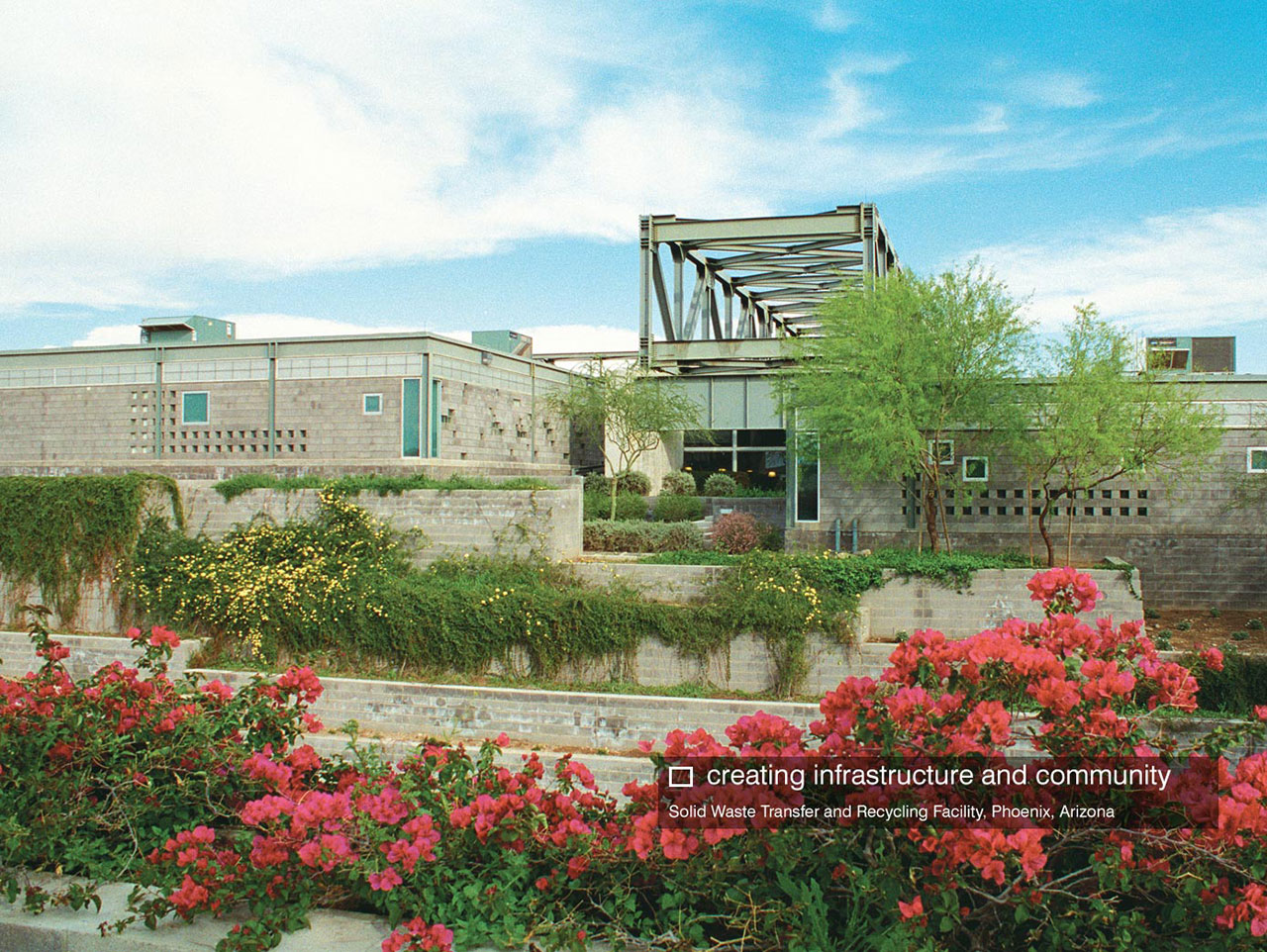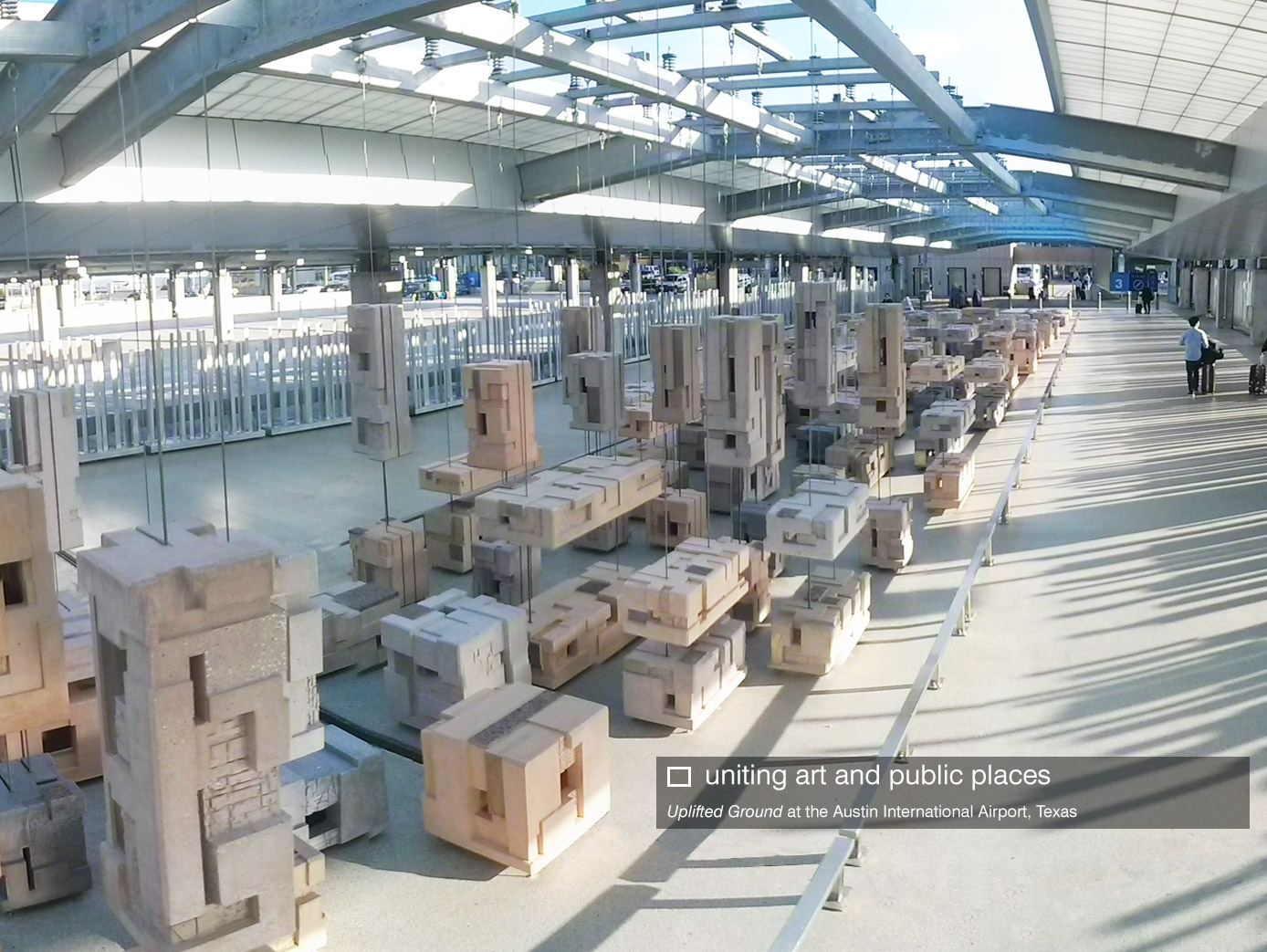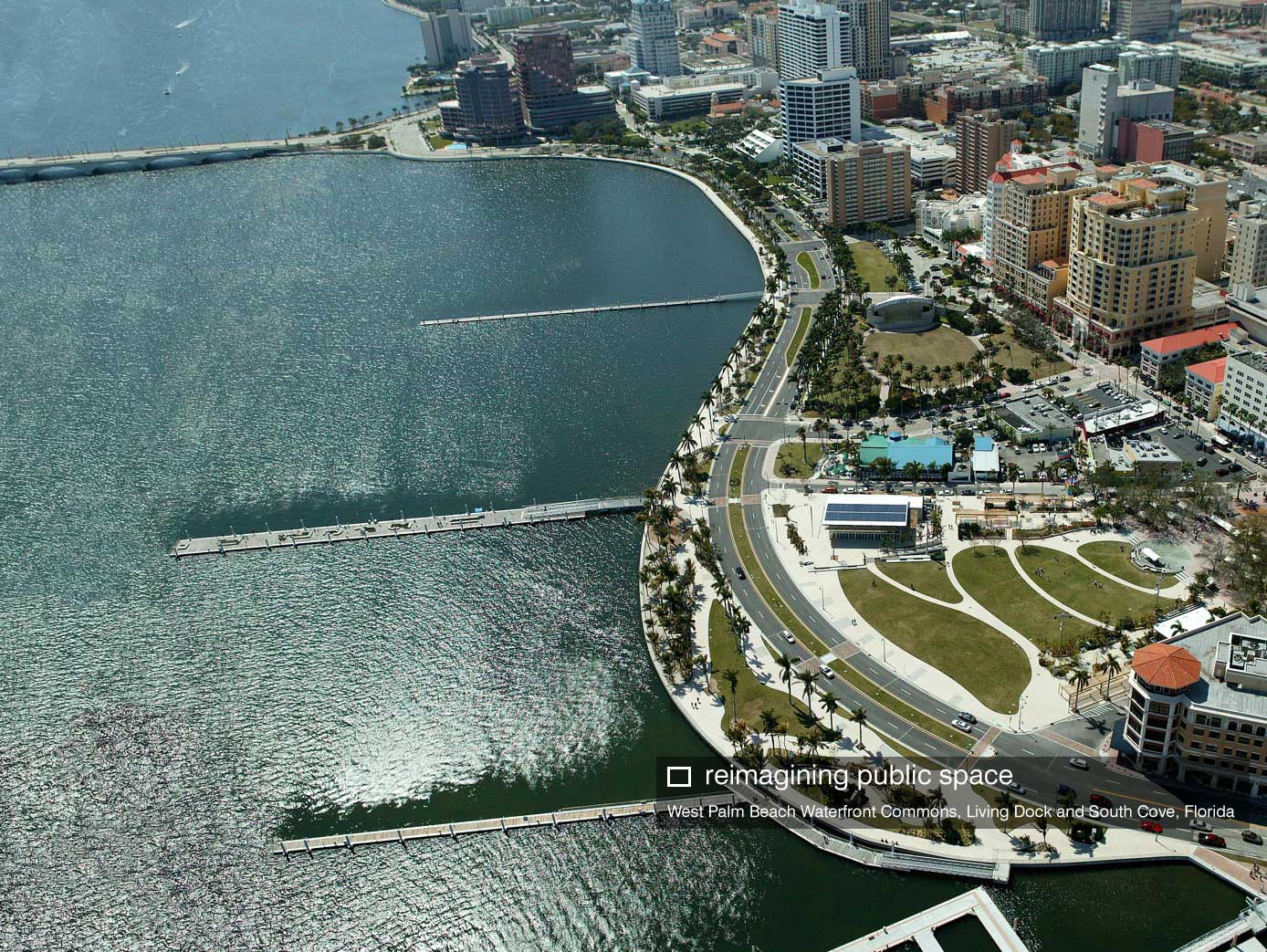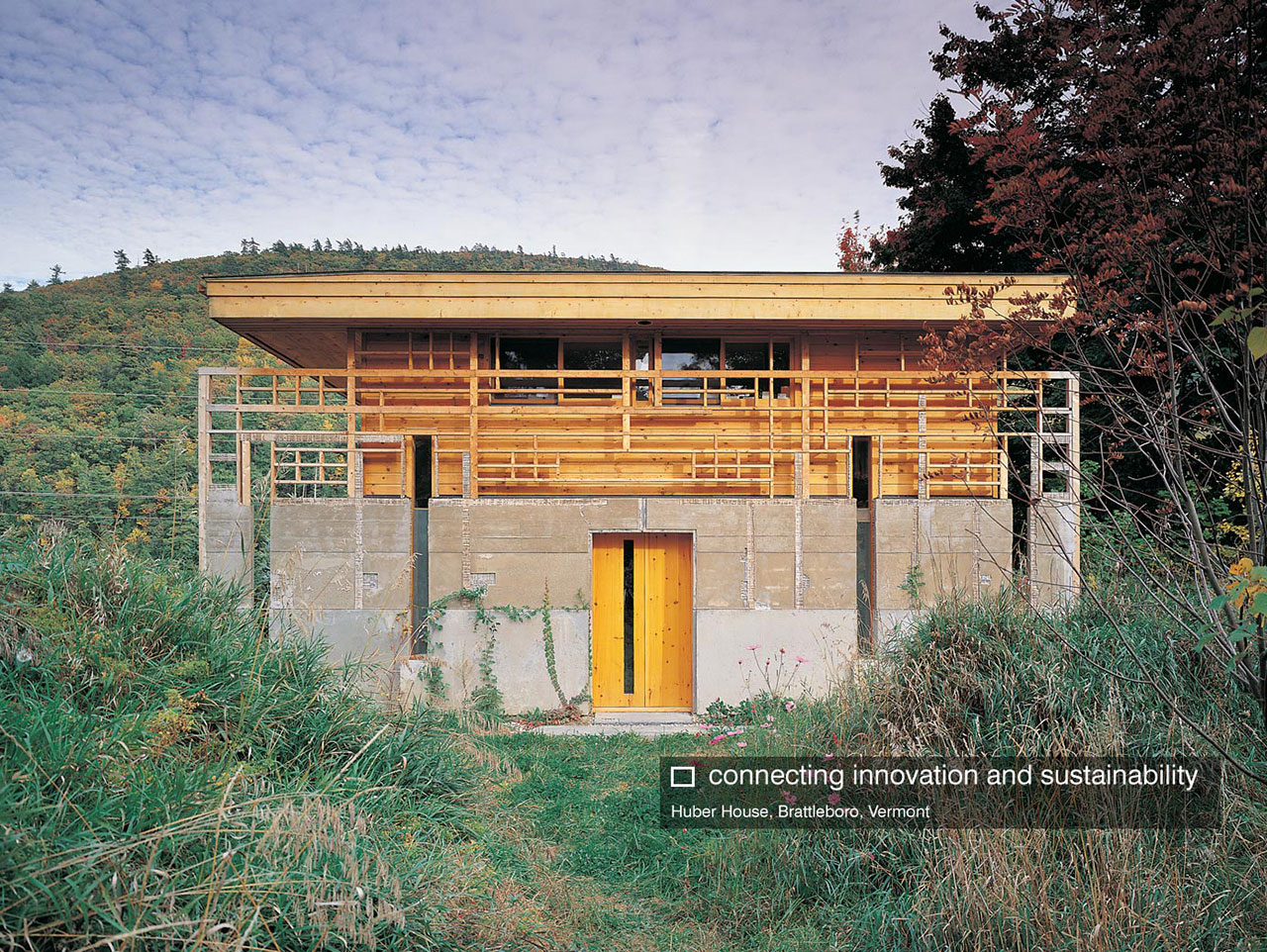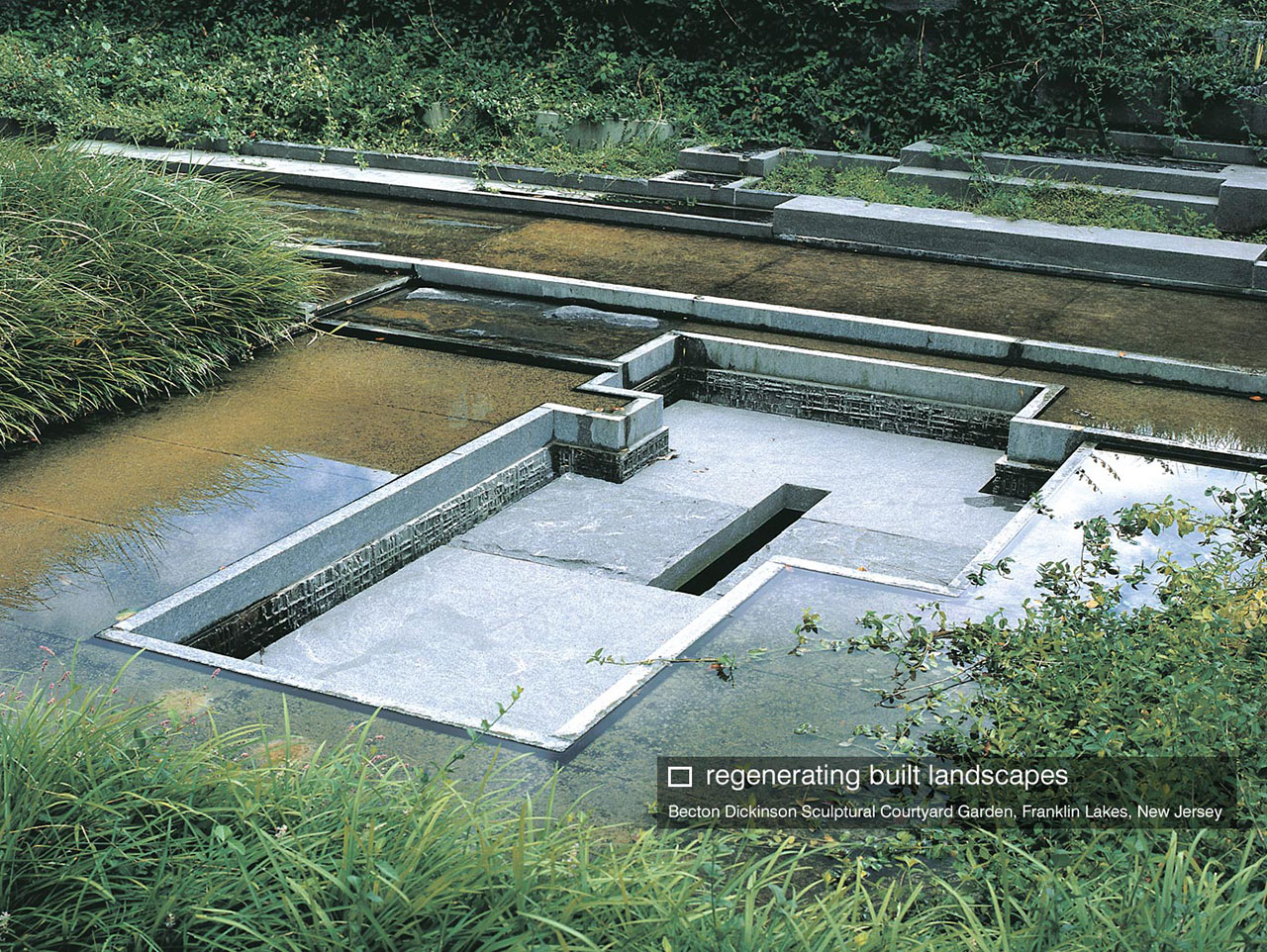Living Shorelines Initiative
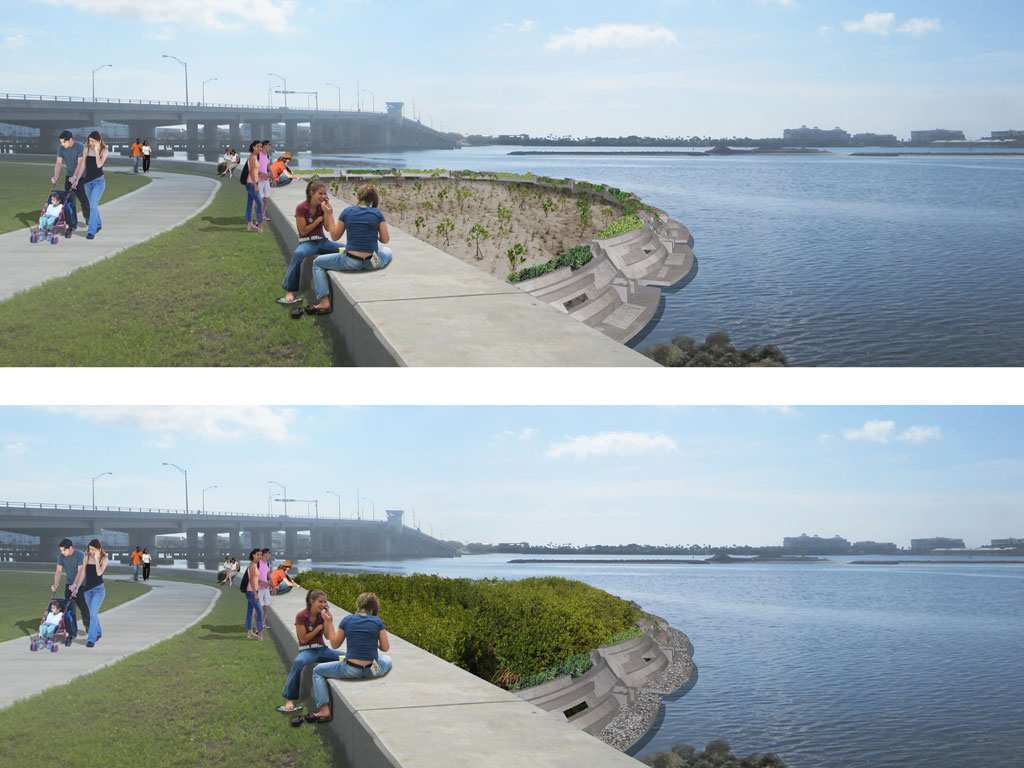
Michael Singer Studio has been at the forefront of integrating site-specific public sculpture with regenerative landscapes and innovative forms of urban infrastructure. In recent years, the Studio has engaged in long-term collaborations with engineers (marine, civil, and structural), biologists, environmental regulators, non-profits, and fabricators to create environmentally regenerative sculpted edges along urbanized estuaries and coastlines. This work, the Studio’s Living Shorelines Initiative, is based on earlier public art by Michael Singer: the Riverwalk Floodwall in Grand Rapids, Michigan (see here) and conceptual tidal gardens in New Haven, CT.
More recent work, the Living Dock and the South Cove Regeneration Project, evolved from a multi-year collaboration on the West Palm Beach Waterfront (see all 3 projects here). The innovative Living Dock has in-water planters containing native mangroves, spartina grasses, and a visible oyster reef set into the dock. Perhaps the first of its kind in the United States, the dock actually functions as a living system, filtering water and providing small pockets of habitat within an estuarine man-made structure. The South Cove Regeneration Project, a collaboration with the Palm Beach County Department of Environmental Resources Management (ERM), shaped three mangrove islands, oyster reefs, and seagrass habitat at the south end of the Waterfront. Written-up in publications as distant as South Korea’s Eco Scape magazine, the South Cove has been described as a collaborative and regenerative contemporary counterpart to Robert Smithson’s Spiral Jetty.
The sculpted mangrove planters being fabricated and installed in Lake Worth, Florida will be the first true Proof of Concept for the Living Shorelines Initiative. This first Living Shoreline is comprised of 11 sculptural elements designed to retain soils to support the growth of mangroves and emergent grasses, create shelter and passage for fish, and establish oyster reef habitat within the Lake Worth Lagoon (see the project details here). This first Living Shoreline is being funded by Palm Beach County and the National Endowment for the Arts. ERM will conduct post-installation surveys to study local aquatic ecosystem changes over time. The long-term plan is to study this prototype project and advance the design of the sculptural elements for different sites in order to create economically viable and environmentally effective reproducible model(s) for all of South Florida.
In Connecticut, the Studio’s Living Shorelines Initiative is a collaboration with academic and governmental partners developing “best practice models” for Regenerative Seawalls. The project team includes biologists, ecologists, engineers, and coastal development specialists from University of Connecticut, Connecticut Sea Grant, and Connecticut’s Department of Energy and Environmental Protection (DEEP). Since much of the Connecticut shoreline is already hardened with built seawalls and jetties, DEEP is interested in the Studio’s models for Regenerative Seawalls including aesthetic, ecological, habitat, and water quality enhancements (see project details here). These new models may have a significant impact on the future re-development of Connecticut’s shoreline. This project is being funded by the Jeffry Cook Charitable Trust.

